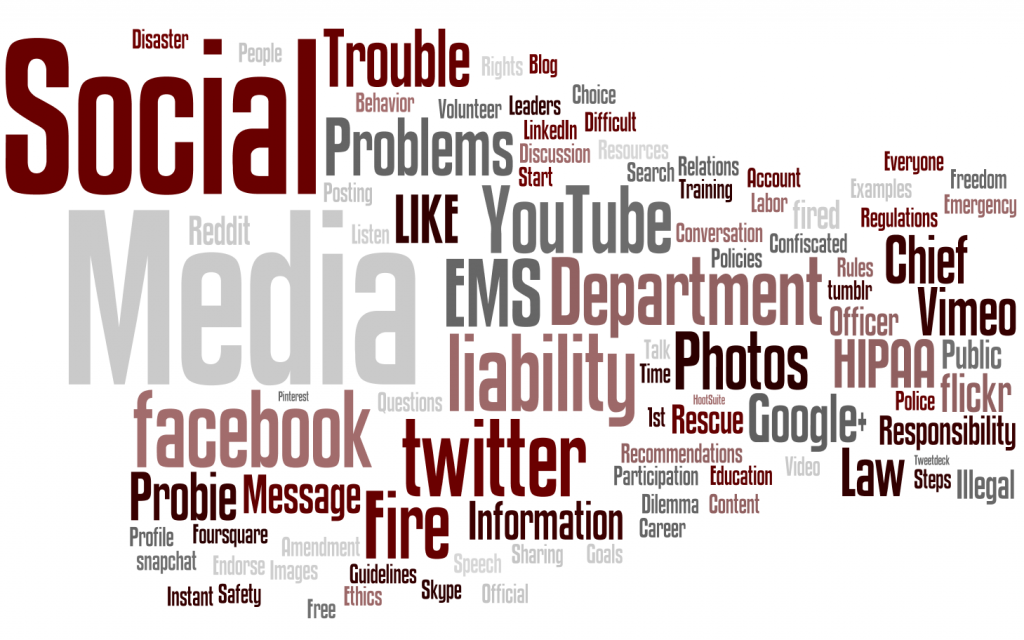Social Media
There are a million websites and a bazillion “Social Media Gurus”, “Mavens” and “Experts” with businesses to guide you through the world of social media. To distinguish themselves, they seem to rely on either whizz-bang theatrics (flashy, blinky text) or scare tactics (if you don’t employ SM marketing right now YOU’LL DIE!).
In hopes of making money by showing the basics of how to use some amazing social media resources, they make regular people feel either “Social Media is just annoying” and / or “This Social Media thing is just a fad”.
But it doesn’t have to be…
a) annoying
b) expensive
c) difficult to use
d) any of the above
The simple steps to use social media technology to serve you and your organization are as follows:
Simple Steps
- You need to start with an overall PR / Marketing strategy. What are the interests of your organization? What do you do now or what do you want to do in the future? What do you want to say and, of course, who in your organization is going to say it? To jump into social media or any media outlet without focus will not only not get your message across, but worse, will probably generate negative PR about your organization.
- You need to have a website that you control. Not just the page on the city website. You need to have a website under your direct control set up to accomplish whatever it is that you want to do, be that Public Safety Education, Recruit Volunteers, Solicit Donations, Organize Attendance at a Meeting of the Fire Commission, etc. This is the hub of your burgeoning online empire.
- You need to get online with Social Media. This doesn’t just mean having a Twitter account or Facebook Fan Page. This means setting up a complete profile including your department info, pictures, videos and other media that you probably already have. Remember, it’s not just that I think Social Media is important, Google does. When someone searches for your department’s keywords on Google, Yahoo, bing and Ask.com, your website and your social media profiles come up first. Your presence (or lack thereof) speaks volumes about you.
- You need to listen before speaking. You need to use analytical tools available to set up a “listening post” to identify the conversations that are happening RIGHT NOW that are relevant to your interests. Right now, people in your response area are talking about the great service that you provide and the poor service that you provide, cuts to your budget and the role of the fire service in the United States. They are talking about most if not all the topics that concern your department. What are they saying? Use TwitterSearch, Google services, Sysomos and others to find out.
- You need to engage with your audience. If the conversations are already happening you want to join in. Comment. Ask question. Answer questions. Learn how to use blogs, forums, #mentions, @replies and other web features to engage with the people who are important to you and to your organization. When you’re ready and when it’s relevant, lead the people and / or the conversation back to your hub (see #2).
- Broadcast to the world. This is the step we see promoted over and over by social media marketing websites and “experts”. This is the step people want to jump right to. Taking this step without the other five is the reason so many people get frustrated and the reason their marketing efforts backfire or fail. Once you’ve done the leg work listed above, this is the FUN part. Social media lets you shout your message to the world AND, if you’ve followed steps 1-5, that message will make things HAPPEN.
Rinse and Repeat 1-6
Social media has great reach; it’s cheap, immediate, dynamic and generally user-friendly. It gives us the tools to promote the interests of our department like never before. It only takes a little of planning and commitment to get it going. Emergency services in the U.S. have been around for about three hundred years and no doubt it will be around for at least another three hundred. It may take more than a day to put your house in order and determine what you want to accomplish as a department, but if it takes a whole YEAR you’ll still be reaping the benefits of PR for the next two hundred and ninety-nine!
.
 Rescue Digest Helping You Help Others
Rescue Digest Helping You Help Others
